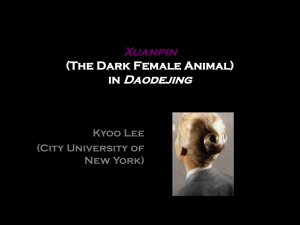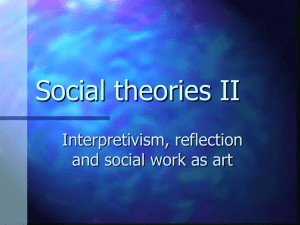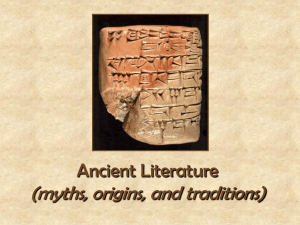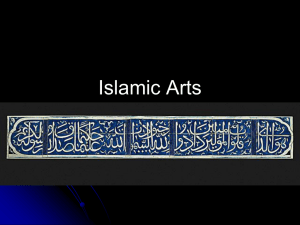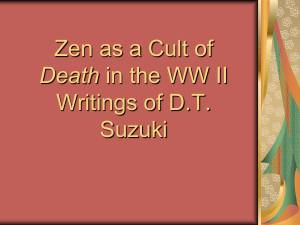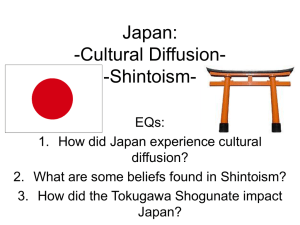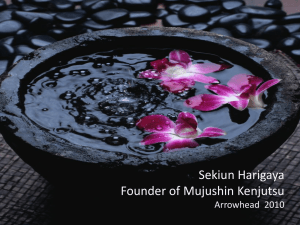Zen Calligraphy
advertisement
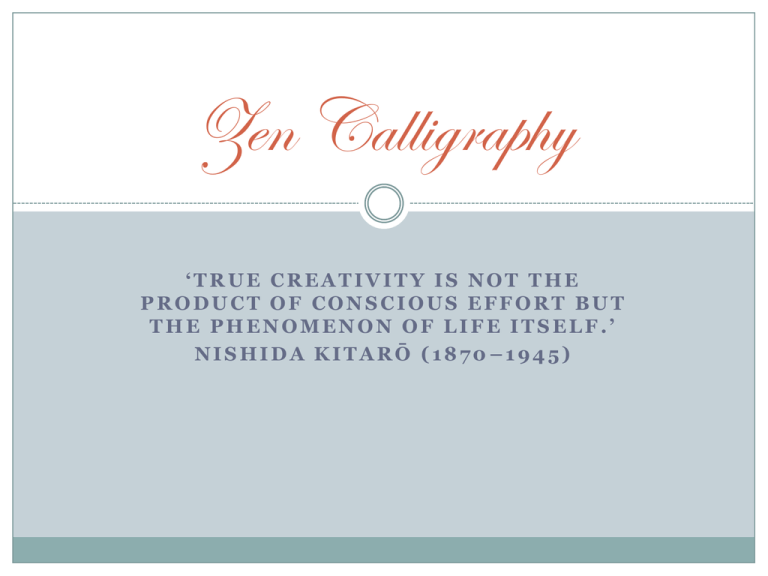
Zen Calligraphy ‘TRUE CREATIVITY IS NOT THE PRODUCT OF CONSCIOUS EFFORT BUT THE PHENOMENON OF LIFE ITSELF.’ NISHIDA KITARŌ (1870–1945) What is Zen Calligraphy? Zen calligraphy springs from ‘shonen sōzoku’, a Buddhist term equivalent to ‘true thought’. Although the hand of the artist can be seen in any work of art, it is the sho – the brushed calligraphy itself – that is the real artist. True creativity through calligraphy arises from ‘mushin’, or the state of ‘no-mind’, which lies beyond thoughts, emotions and expectations. The essential function of Zen calligraphy and painting is to encourage the mind towards enlightenment, through the energy of the ‘no-mind’ which resonates from the paintings. In Japan, the most common form of brushwork for calligraphers in general, and Zen artists in particular, is ichigyo sho, "one-line calligraphies." These are poetic phrases or Zen sayings, usually consisting of five to seven characters, written vertically on a hanging scroll. ‘Horo horo yotte ko no ha furu’ ‘Tipsy, tipsy drunk-tree leaves fall’ In the case of calligraphy with many characters, Obaku Zen calligraphers enjoyed brushing original poems in classical Chinese, while Rinzai and Soto Zen artists more typically quoted from the sutras or sayings of a master. In Zen art, haiku are often used as inscriptions on paintings but rarely as just calligraphy alone. Even for experts, Zen calligraphy is often hard to decipher, but the vitality and dynamic flow of brush strokes created by a Zen master can be impressive, inspiring, and appealing even if the characters cannot be read at first. What characters are used in Zen Calligraphy? The Way of the Zen Brush – Hitsuzendō Hitsuzendō has its origins in the declaration made by Tesshū that swordsmanship, Zen and calligraphy are identical in their aspiration to the state of ‘no-mind’. Put simply, hitsuzendō is the practice of Zen through writing with the brush. Inspired by the life and teachings of Yamaoka Tesshū, hitsuzendō was formalised by Yokoyama Tenkei (1885–1966). He invented the term hitsuzendō in the sense of ‘expressing through the brush one’s original self’. Here are two examples of calligraphy from the Zen master Yamaoka Tesshū. The example on the left hand side is from before he reached enlightenment and the example on the right is from his postenlightenment period of painting. Massive in size and scale of conception, the two characters on the right almost explode from the paper on which they are written. The brush strokes of the signature are vibrant and powerful, demonstrating the newly enlightened mind of Tesshu, the painter. The effects of enlightenment on calligraphy How do you create Zen Calligraphy? Zen calligraphy is painted using a fine brush and rich black ink. The scrolls are made from finely woven silk and can be of any size, depending on the length of the inscription and the impact the painter wishes to create. Terayama Tanchū drawing a mujibō (Zen line) Your turn… This calligraphy means: ‘FLOWER Like a FLOWER BLOOM All people of the world!’ It was originally be the Zen painter Soen .



